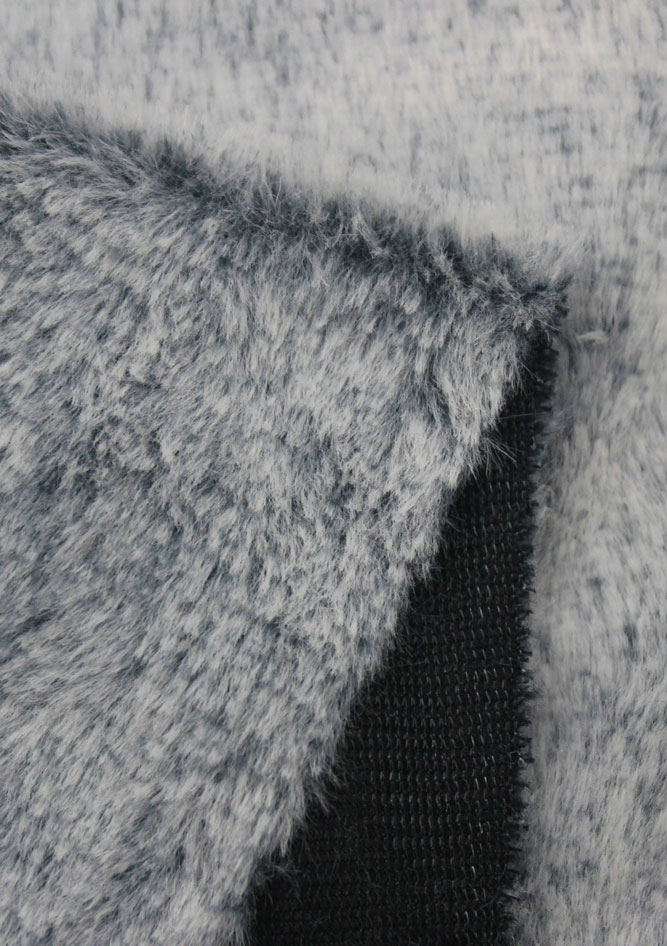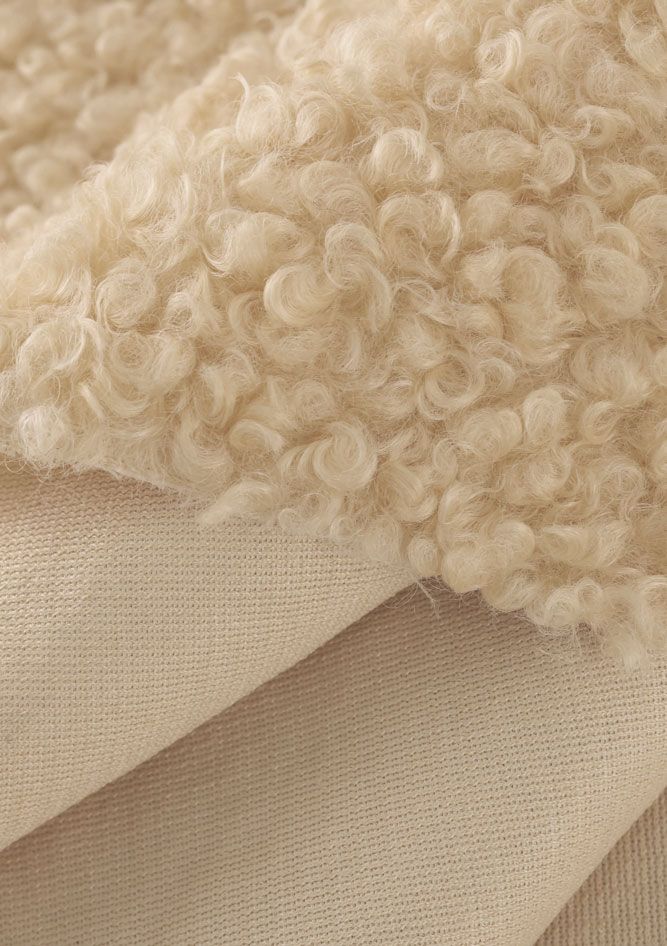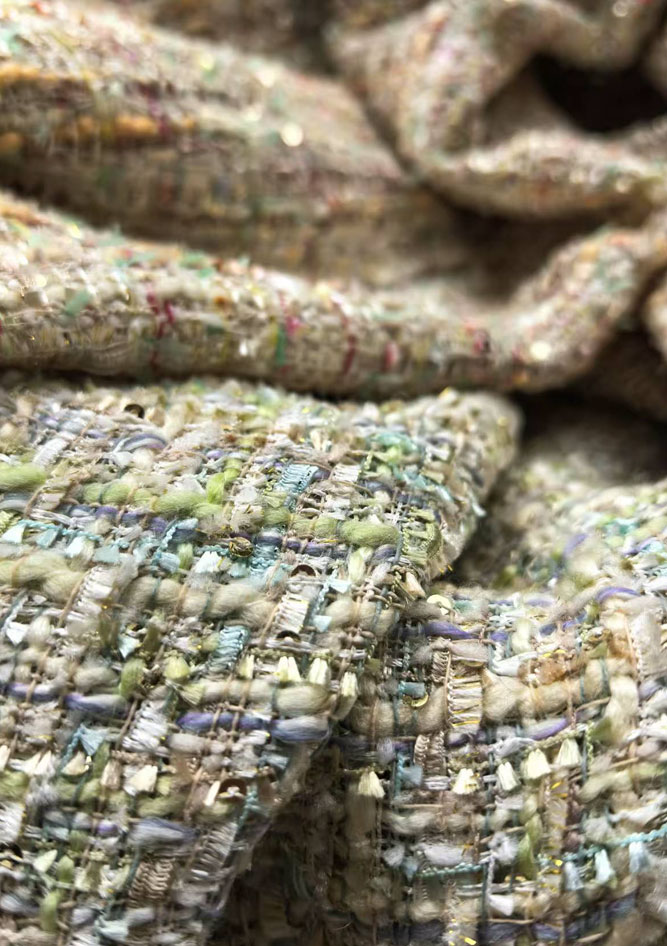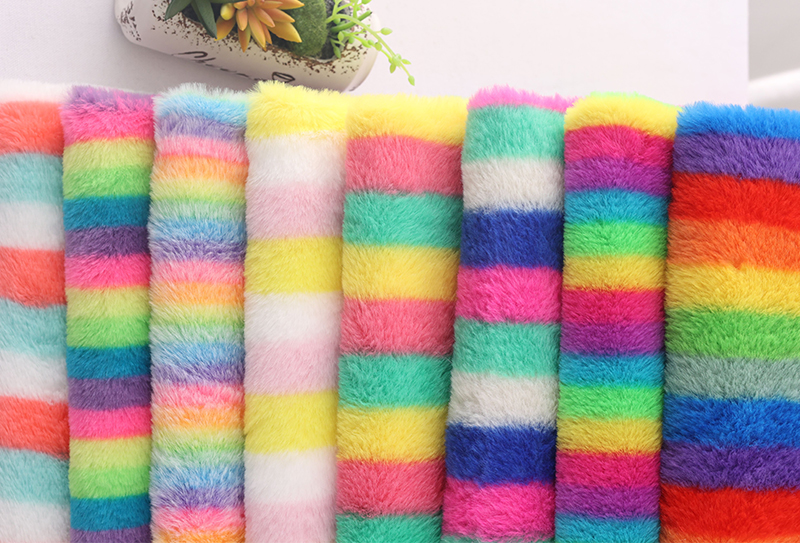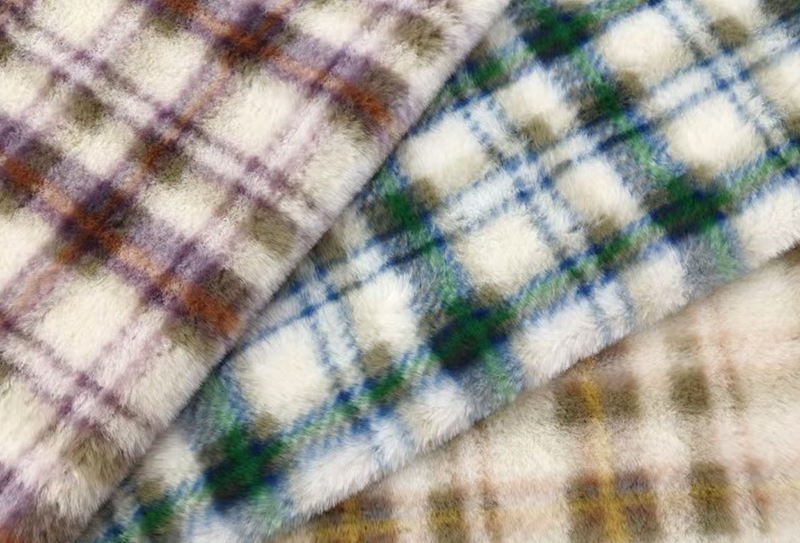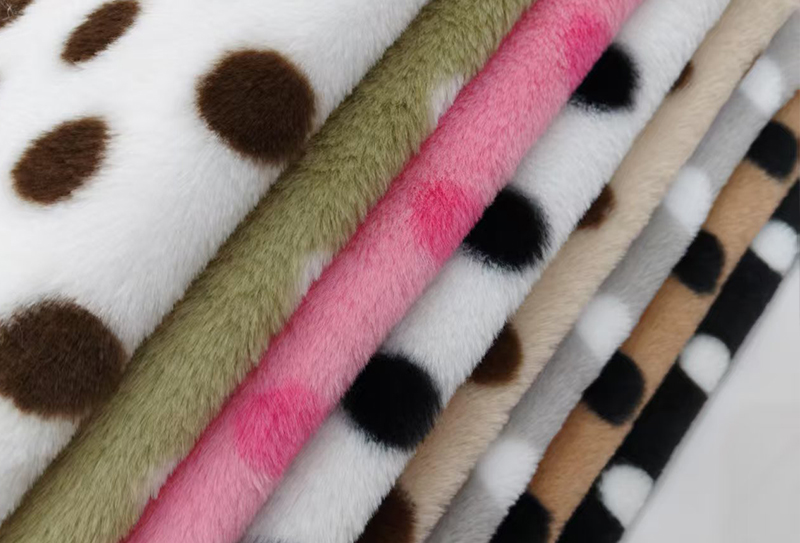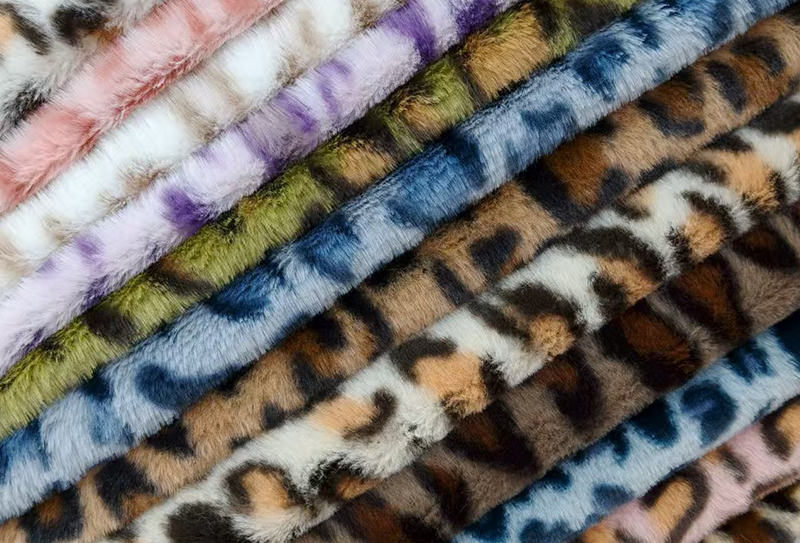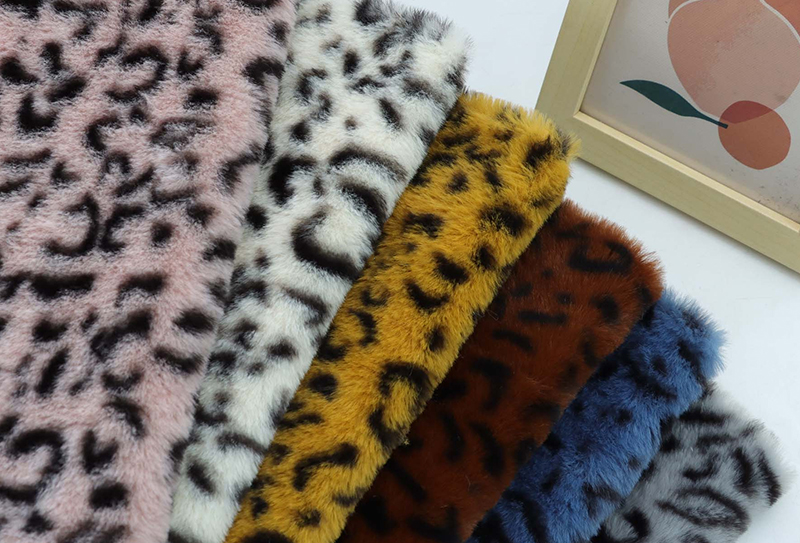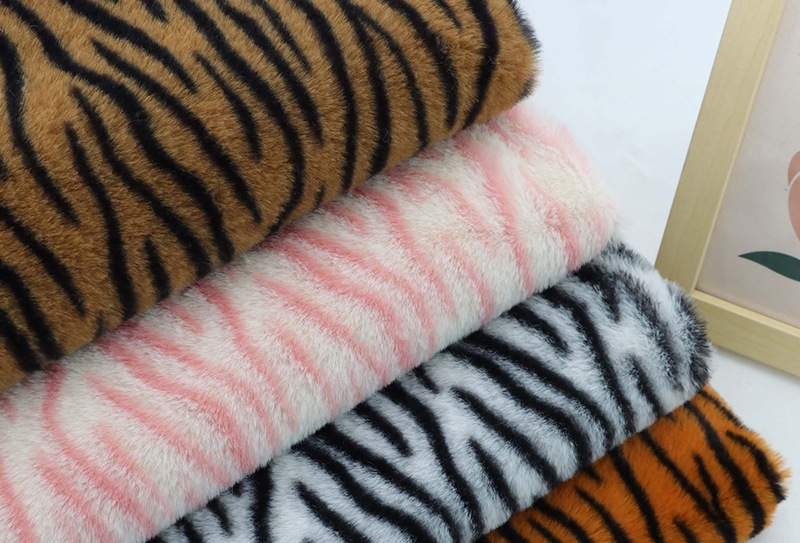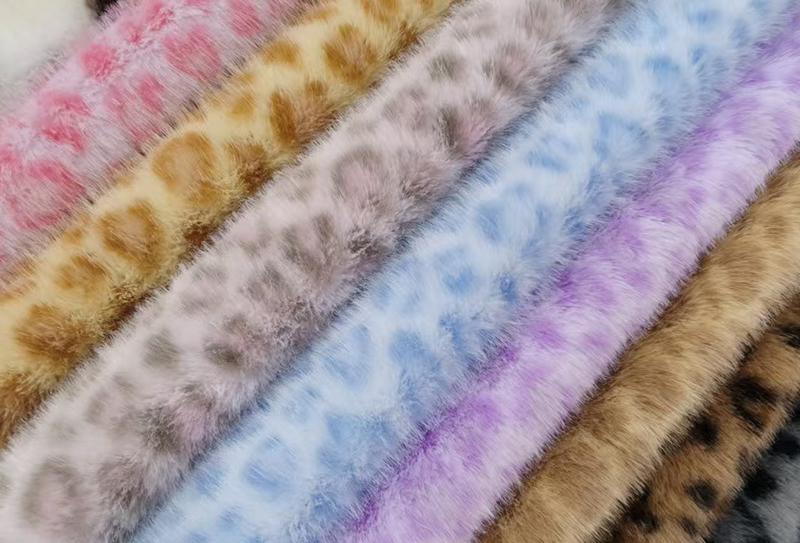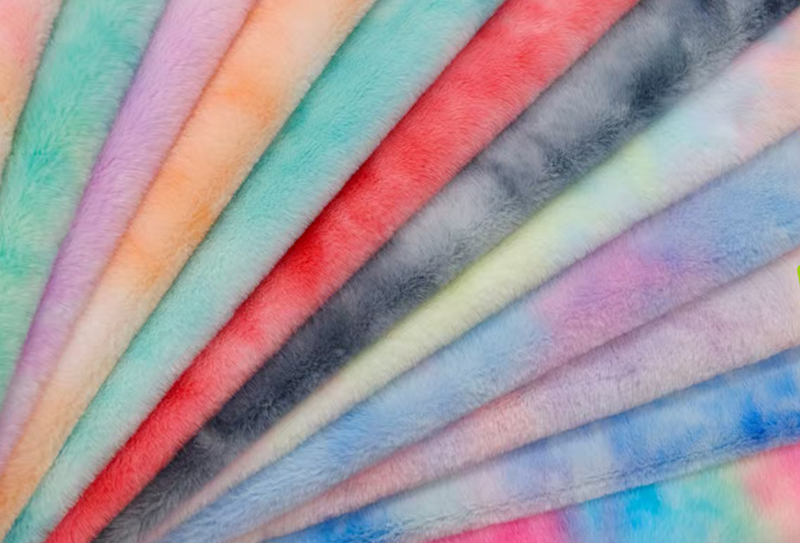The Rise of Conscious Consumerism in Fashion The fashion industry is undergoing a profound transformation as consumers increasingly prioritize ethical considerations in their purchasing decisions. This shift toward conscious consumerism has created an unprecedented demand for sustainable alternatives that don't comprom...
READ MOREOur Collections
Colorful Printing Plush Fabric Suppliers
Printing Plush Fabric
-
-
Understanding Short Plush Fabric and Its Key Characteristics Short plush fabric represents a specialized category within the broader plush textile family, characterized by its shorter pile height and distinct performance attributes. Unlike traditional plush fabrics that often feature longer, more luxurious fibers, shor...
READ MORE -
Unveiling the Unique Texture of Curly Particles Plush Fabric The world of textile innovation is continually evolving, introducing materials that redefine our expectations of comfort and style. Among these advancements, Curly Particles Plush Fabric has emerged as a standout, captivating designers and consumers alike wit...
READ MORE
Advantages and Limitations of Colorful Printing Plush Fabric in Modern Design
Introduction
Colorful printing plush fabric has become increasingly popular in modern design due to its versatility, vibrant patterns, and tactile appeal. Zhejiang Shaoxing Wanyi Textile Technology Co., Ltd, a leading short plush fabric supplier established in 2019, has leveraged this fabric type in providing high-quality products to international markets including the United States, Russia, India, and Europe. Their expertise in fabric design, production, and sales allows them to deliver colorful printed plush fabrics that combine aesthetic appeal with functional quality.
Advantages
- Aesthetic Versatility: Colorful printing allows for a wide range of designs, patterns, and motifs, making it ideal for fashion apparel, home textiles, toys, and decorative items.
- Customizability: Manufacturers and designers can request bespoke designs, adapting colors and patterns to market trends or specific client needs.
- Enhanced Market Appeal: Bright and unique prints can attract younger audiences or niche markets, increasing product competitiveness.
- Durability and Softness: High-quality plush fabrics maintain softness while retaining printed patterns, ensuring comfort and visual appeal over time.
- Sustainability Potential: Companies like Zhejiang Shaoxing Wanyi Textile Technology Co., Ltd emphasize green textile technologies, ensuring that colorful printing processes align with environmentally friendly practices.
Limitations
- Color Fading Risk: Over time and with frequent washing, printed colors may fade if improper dyes or low-quality materials are used.
- Higher Production Costs: Custom or multi-color printing can increase manufacturing costs compared to plain plush fabrics.
- Complex Maintenance: Some printed plush fabrics require gentle care, limiting their suitability for high-wear products.
- Design Limitations on Texture: Heavily textured plush may not support intricate or highly detailed prints effectively.
- Market Sensitivity: Color trends shift rapidly, so outdated prints may lose appeal faster than neutral or classic plush designs.
Typical Parameters of Colorful Printing Plush Fabric
| Parameter | Details |
|---|---|
| Fabric Type | Short Plush / PV Velvet / Faux Fur (customizable) |
| Printing Method | Digital Printing / Screen Printing / Heat Transfer |
| Fabric Width | 1.5m – 2.0m (standard), customizable |
| Fabric Weight | 180g/m² – 350g/m², depending on plush type |
| Colorfastness | Grade 3-4 (washing), Grade 4 (rubbing) |
| Applications | Apparel, Home Textiles, Toys, Decorative Items |
Comparing Colorful Printing Plush Fabric with Traditional Plush Fabrics
Introduction
Colorful printing plush fabric offers designers and manufacturers a dynamic alternative to traditional plush fabrics. Zhejiang Shaoxing Wanyi Textile Technology Co., Ltd, a leading short plush fabric supplier and wholesale factory established in 2019, has leveraged both colorful printing and traditional plush options to meet the diverse needs of international markets, including the United States, Russia, India, and Europe. Their extensive experience in fabric design, production, and sales allows them to provide high-quality plush fabrics that combine aesthetic appeal with functional durability.
Key Comparisons
1. Design and Aesthetic Appeal
Colorful Printing Plush: Offers limitless patterns, bright colors, and custom designs. Ideal for fashion, home décor, and creative applications where visual impact is key.
Traditional Plush: Usually comes in plain colors or simple textures. It emphasizes tactile feel and versatility but may be less visually striking.
2. Customization
Colorful Printing Plush: Highly customizable for specific prints, branding, and seasonal trends.
Traditional Plush: Limited in customization, mainly available in basic colors or patterns.
3. Production Complexity and Cost
Colorful Printing Plush: Production involves additional printing steps, making it slightly more complex and potentially more costly.
Traditional Plush: Simpler production process, often lower cost, and easier to scale in bulk.
4. Maintenance and Durability
Colorful Printing Plush: Printed patterns may fade over time; careful washing is recommended.
Traditional Plush: More robust and easier to maintain, with consistent appearance over long-term use.
5. Market Positioning
Colorful Printing Plush: Suitable for premium, fashion-forward, or niche products where visual appeal drives sales.
Traditional Plush: Works well for classic, everyday products and bulk orders for mass markets.
Typical Parameters Comparison
| Parameter | Colorful Printing Plush | Traditional Plush |
|---|---|---|
| Fabric Type | Short Plush / PV Velvet / Faux Fur (printed) | Short Plush / PV Velvet / Faux Fur (plain) |
| Printing Method | Digital Printing / Screen Printing / Heat Transfer | Not applicable |
| Fabric Width | 1.5m – 2.0m (standard), customizable | 1.5m – 2.0m (standard), customizable |
| Fabric Weight | 180g/m² – 350g/m², depending on plush type | 150g/m² – 350g/m², depending on plush type |
| Durability | Soft but printed pattern may fade over time | Soft and durable, consistent appearance |
| Applications | Fashion, Home Textiles, Toys, Decorative Items | Blankets, Cushions, Apparel, Toys |
| Market Focus | Premium / Trendy Products | Everyday / Bulk Products |
Conclusion
Colorful printing plush fabric offers enhanced visual appeal and customization potential compared to traditional plush fabrics, making it ideal for fashion-forward and niche products. Traditional plush remains a reliable choice for durability, ease of maintenance, and cost efficiency. Zhejiang Shaoxing Wanyi Textile Technology Co., Ltd’s comprehensive approach allows clients to select the most suitable option for their specific market needs, combining aesthetic design with high-quality plush production.

 English
English 中文简体
中文简体